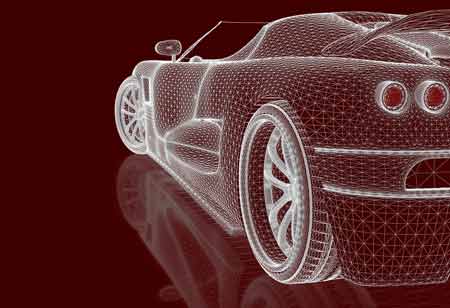3D printing offers many benefits for the automotive industry, including the production of lightweight components that improve fuel efficiency while improving or maintaining vehicle functionality.
Fremont, CA: Mobility solutions are redefining the auto industry and making rapid innovation essential to create unique experiences that consumers demand. The ever-growing focus on reducing emissions and the ban on new gas-powered cars on the market are driving OEMs to rapidly adopt innovative technologies to develop EV-centric portfolios that are more affordable.
The additive manufacturing technology, or industrial 3D printing, is emerging as one of the most powerful technologies for automotive OEMs to support the production of electric vehicles and make them stronger, lighter, and more efficient. Below mentioned are key ways 3D printing is reshaping the electric vehicle sector.
Accelerating Product Design Phase
Prototyping is the first step in producing any new vehicle, but it can be a time-consuming and possibly costly procedure if done the traditional way. 3D printing software has transformed the product development cycle, enabling OEMs to create a high-fidelity and representational prototype of a physical item, from a small interior piece to a dashboard or perhaps a scale model of the complete automobile, in a matter of days. Automakers may use 3D printing to produce highly detailed, precise, and seamless full-scale components necessary for showing new concepts and designs, along with performance evaluation and confirmation.
Development of Complex and High-Performance Parts
Manufacturers use 3D printers to make low-volume, customized manufacturing parts on-demand without incurring exorbitant prices or waiting times. Furthermore, the accuracy and dependability of 3D printers allow designers to satisfy expectations with consistent outcomes without the need for production equipment.
Producing Manufacturing Aids
Engineers use manufacturing aids for easy and dependable production and assembly procedures, which is beneficial for shorter cycle times and increased worker safety. Compared to outsourcing parts from an external vendor, optimal product designs developed using 3D printing procedures function more effectively, shorten lead time to a few hours, and save money. 3D printing also enables manufacturers to create more ergonomic equipment, which can reduce strain on assembly workers.

 Copyright © 2025 AutoTech Outlook. All Rights Reserved | Privacy Policy | Subscribe | Sitemap | About us | Feedback Policy | Editorial Policy
Copyright © 2025 AutoTech Outlook. All Rights Reserved | Privacy Policy | Subscribe | Sitemap | About us | Feedback Policy | Editorial Policy